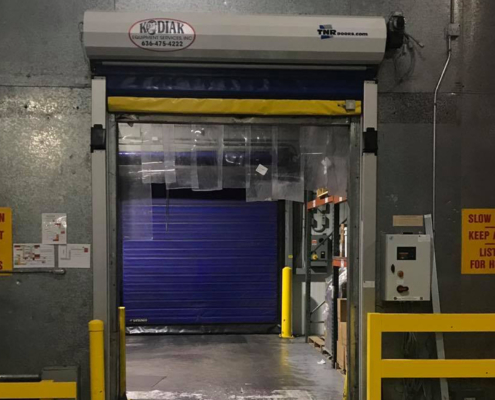In the world of loading dock safety, it’s important to understand the difference between the two main types of vehicle restraints: loading dock truck restraints and wheel-based vehicle restraints. Although both are designed to secure trucks or trailers during loading and unloading, they operate in different ways and offer distinct advantages.
Loading Dock Truck Restraints are mounted directly to the dock and work by securing the trailer’s Rear Impact Guard (RIG) to prevent movement during operations. These restraints address risks like trailer creep and premature departure, ensuring that the trailer remains firmly in place against the dock.
Wheel-Based Vehicle Restraints, on the other hand, are designed to secure the wheels of the vehicle, preventing it from rolling away from the dock. These are particularly useful in situations where the trailer may not have a compatible RIG or in environments where additional wheel stabilization is necessary.
Both types of restraints play a crucial role in dock safety, and understanding their differences can help you choose the right system for your specific needs. Whether you’re securing the trailer directly to the dock or stabilizing the vehicle’s wheels, these restraints work together to create a safe and efficient loading and unloading environment.












